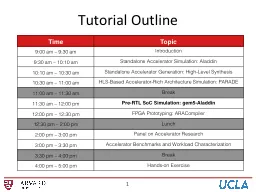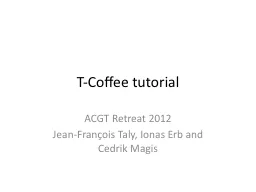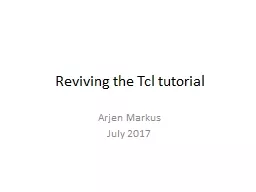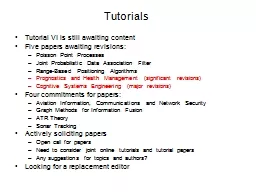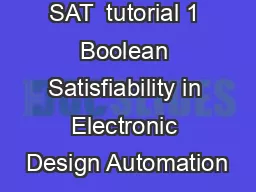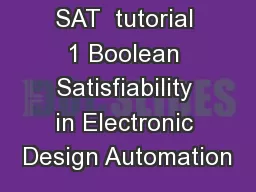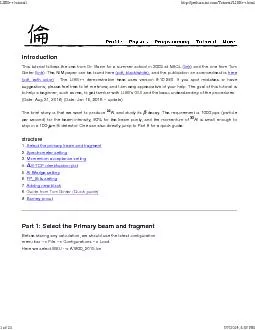PPT-Tutorial Outline
Author : stefany-barnette | Published Date : 2015-11-26
Time Topic 900 am 930 am Introduction 930 am 1010 am Standalone Accelerator Simulation Aladdin 1010 am 1030 am Standalone Accelerator Generation HighLevel Synthesis
Presentation Embed Code
Download Presentation
Download Presentation The PPT/PDF document "Tutorial Outline" is the property of its rightful owner. Permission is granted to download and print the materials on this website for personal, non-commercial use only, and to display it on your personal computer provided you do not modify the materials and that you retain all copyright notices contained in the materials. By downloading content from our website, you accept the terms of this agreement.
Tutorial Outline: Transcript
Download Rules Of Document
"Tutorial Outline"The content belongs to its owner. You may download and print it for personal use, without modification, and keep all copyright notices. By downloading, you agree to these terms.
Related Documents

